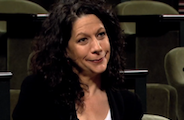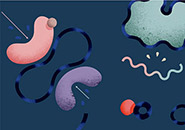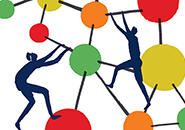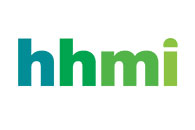I imagine every generation of scientists is struck by the pace of change. Today, it’s definitely the case that HHMI researchers are breaking long-held scientific barriers, from limits in light microscopy and data analysis to worn publishing dogma and outdated funding silos. Since 2009, it’s been my privilege to watch these walls come tumbling down, and to play my part in driving science forward as HHMI president. It has also been a pleasure and honor to recruit and work with a superb executive team and other colleagues at HHMI headquarters, the Janelia Research Campus, and in our field operations.
As I head into my eighth year in this role, I’ve announced my intent to step down and return to the University of California, Berkeley, where I can devote more time to exciting new lab research opportunities at the end of 2016. In this column, I’d like to reflect on some of the changes we’ve made at HHMI in recent years.
I’m confident that the Institute has a bright future, fueled by passionate scientists and educators who believe deeply in the power of science to change our world.
Robert Tjian
Collaboration at HHMI is on the rise – not only at Janelia, where small teams of scientists work side by side as a rule, but also in our philanthropic support of science. To combat a weak funding environment for basic research and to leverage HHMI’s investments, we’ve deepened our partnerships with like-minded funders. Working with the Gates Foundation and the Simons Foundation, HHMI is supporting early-career scientists in the U.S. and internationally. We’ve also partnered with the Gordon and Betty Moore Foundation to share our newly developed advanced imaging technology with academic scientists and to fund plant scientists, who contribute more to biomedical knowledge than you might realize. In addition to these research-funding collaborations, HHMI has begun partnering with other nonprofits to increase outreach to philanthropists who can invest in the next generation of science. Across all this work, our goal is to deepen and extend our impact by supporting basic discovery research, the bedrock of U.S. science.
More subtly, we’ve worked to increase our impact by adapting our programs and operations to be flexible, efficient, and sustainable. For instance, we’ve developed a “phase-out” option for experienced HHMI investigators who are prepared to leave the Institute. We’ve also reshaped our field operations to ensure that we’re supporting science sustainably and consistently in our labs, coast to coast as well as internationally.
To catalyze a culture shift in scientific publishing, we provided funds to launch the open-access journal eLife, in partnership with Wellcome Trust and the Max Planck Institute. Since 2012, the online-only eLife has published more than 1,000 research papers, with an emphasis on three important principles: making scientific results available to everyone; offering a fair, constructive, and expedited peer-review process; and embracing the power of digital media. The acceptance rate at eLife is currently 15-18 percent, and the editors have an ambitious agenda for growth, which currently stands at over 500 submitted manuscripts per month.
One thing that hasn’t changed during my tenure in HHMI leadership is our commitment to identify and catalyze bold thinkers, allowing them to do rigorous research that reveals fundamental truths about how biology works. This effort extends from experienced scientists to postdocs, and even undergraduate and high school students, who benefit from hands-on lab experiences and educational media supported or developed by our science education staff. We have also launched new efforts to enlighten society as a whole about the process of discovery by producing captivating and scientifically informative documentary films.
It’s been my honor to lead HHMI, working closely with our Board of Trustees and other senior leaders. I’m confident that the Institute has a bright future, fueled by passionate scientists and educators who believe deeply in the power of science to change our world. I look forward to doing my part, back at the bench and in academia.










